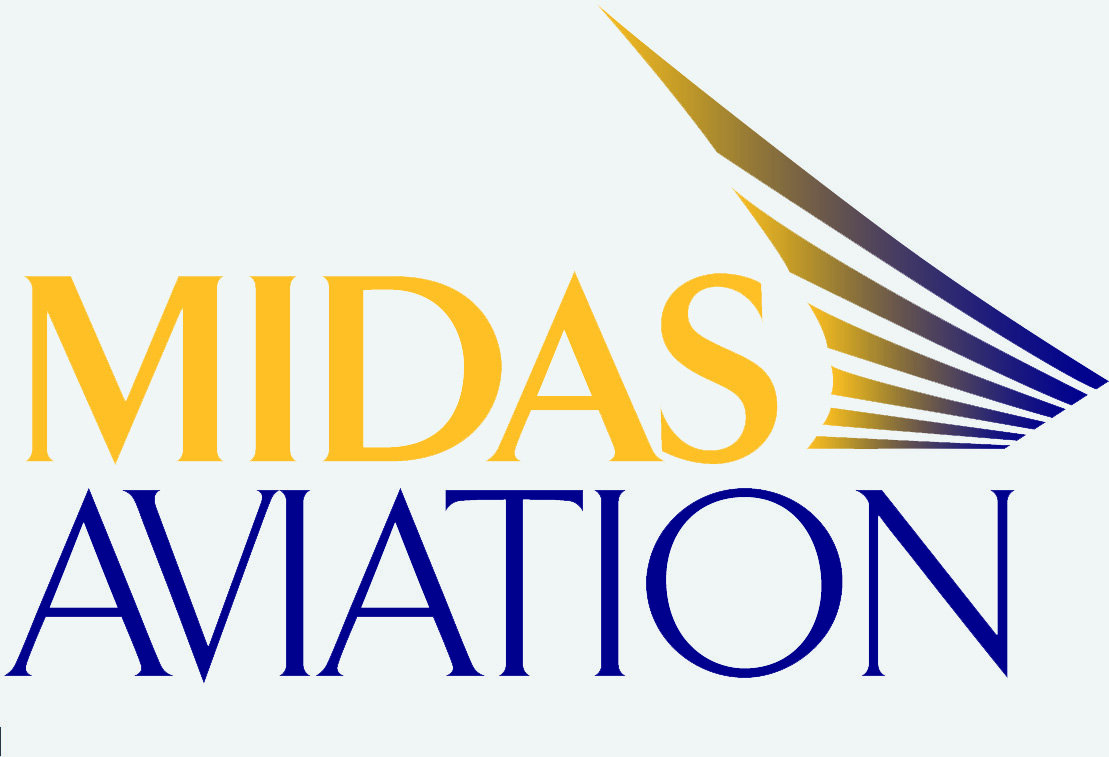The team understand well that having a breadth of knowledge well beyond aviation is vitally important in creating forecasts which are more than a simple extrapolation of the past. Their insights into all the factors which drive demand for air travel bring depth and realism to their forecasting.
Who needs air traffic forecasts?
The primary users of air traffic forecasts are airports and investors in airports. The capital expenditure associated with building a new runway or terminal is significant and the infrastructure will be in use for decades. It is especially important, therefore, for airports and investors to right-size their plans for new infrastructure and build at a scale that is sufficient to meet demand over a long period of time, but not create a white elephant which will go partially unused.
The forecasts required by this type of user is often for 30 to 50 years into the future.
However, sometimes forecasts are needed for much shorter period, perhaps up to five years. For example, just as airports were beginning to recover from the covid-19 pandemic, there was a need for them to assess what the prospects were for traffic recovery in the next few years and plan accordingly, perhaps reviewing capital investment plans, or use a prolonged period when the airport would be quiet to undertake upgrades and modernisation.
What information does an air traffic forecast typically provide?
Most of the forecasts we undertake provide passenger numbers, airline capacity, expressed as seats, and aircraft movements. Usually, these are expressed as annual figures but sometimes they are monthly if the need is for a detailed short term forecast. In addition, a number of metrics can be derived from the forecast or are provided as input assumptions, such as average aircraft size or load factor. Every forecast for a client is unique, though, and will be built taking into account the specific data points required.
Sometimes the forecast is needed for a single airport, for each airport in a region, and sometimes it is needed for specific markets, perhaps traffic volumes between two or more countries.
Our approach to forecasting
With most of our traffic forecasts, no matter that they are for far into the future or for just a few years ahead, we usually separate out the short term from the long term and use a different approach for each. The reason is that in the short term – perhaps over the next 2-5 years – we know a lot more about what is likely to happen in the market. Our short term forecasting methodology considers a range of data sources and includes insights about airline strategy, data on planned airline schedules and fleet decisions. In our experience, the short term forecast is largely driven by the supply side, and assumes that the supply of airline capacity in the market will be developed to match demand.
The forecast beyond the short term, from perhaps 2-5 years out to 30, 40 or 50 years, relies on building a model of growth. Historically, air traffic forecasters used an econometric approach to this, based on the relationship observed between economic growth (GDP growth) and air traffic growth (passengers), with some recognition that as air fares fall demand for air travel typically rises (price elasticity of demand). Running regression analyses between sets of historical data allowed forecasters to understand the relationship between these three main factors, and sometimes others, and then project that forward.
However, at MIDAS Aviation we have found in recent years that this relationship is breaking down and we need to find other ways to forecast far into the future. There are a number of reasons for this.
First, the patterns of relationship between GDP growth and traffic growth were probably only ever really applicable in large and stable markets and these were the users of air traffic forecasts. As we are increasingly asked to look at smaller airports the same relationships do not appear to hold sway.
Secondly, we observe that major events or ‘shocks’ disrupt the relationship between economic growth and traffic growth. In a study for a group of Japanese airports we saw that the occurrence of natural disasters such as earthquakes and tsunamis had a prolonged effect on traffic and there was no correlation between economic growth and traffic growth for some years. The global pandemic has now caused a major disruption to both traffic and economic growth and so any econometric correlation that could be used in forecasting will be from before 2020 and may not reflect markets that have profoundly changed.
In other words, we are sceptical about the value of econometric modelling for long term forecasts in these times. While we could look to third party providers (industry associations, airframe manufacturers) and adopt their forecasts for region-pairs, we are wary of doing so as there is an inbuilt need to err on the side of optimism with their forecasts.
Increasingly we are looking at historical patterns of growth in comparable markets and using these as a benchmark with which to come up with long term growth trends.
How can you forecast for 30 or 50 years out?
While much of a long term forecast will come from the growth assumptions built in to the model we are very aware of the need to be realistic about the future. After all, very few, if any, of us built into our forecasting models shocks like the one the airline industry has just experienced.
We are aware of a number of factors that we need to reflect in our forecasts:
· Long term population decline in a number of countries.
· Technological advances such as electric vertical take off vehicles and their potential to disrupt traditional methods of moving around.
· Behaviour change induced by concern about climate change and the need to reduce carbon footprints.
· The likelihood of further ‘shocks’ to air travel patterns.

